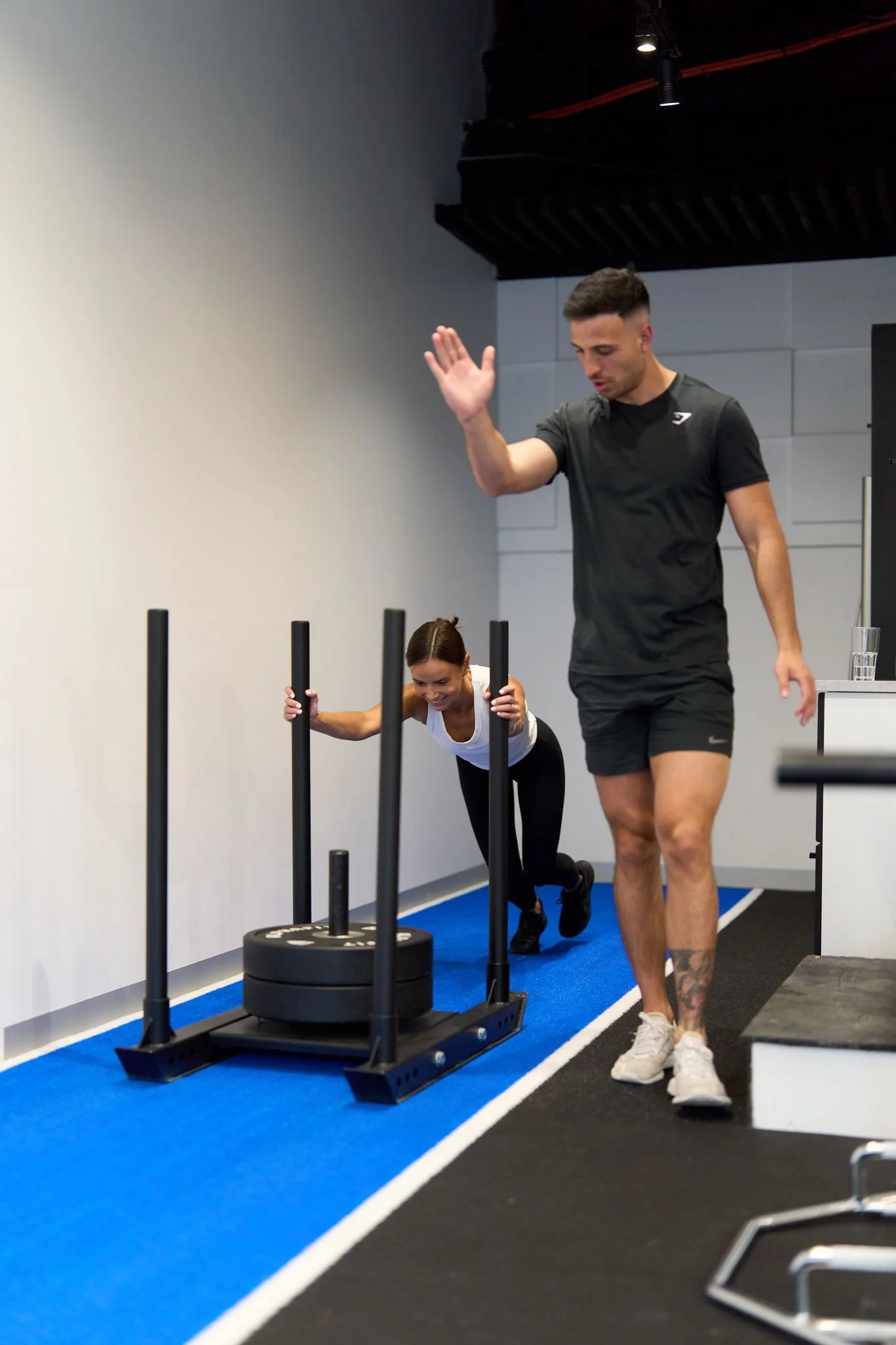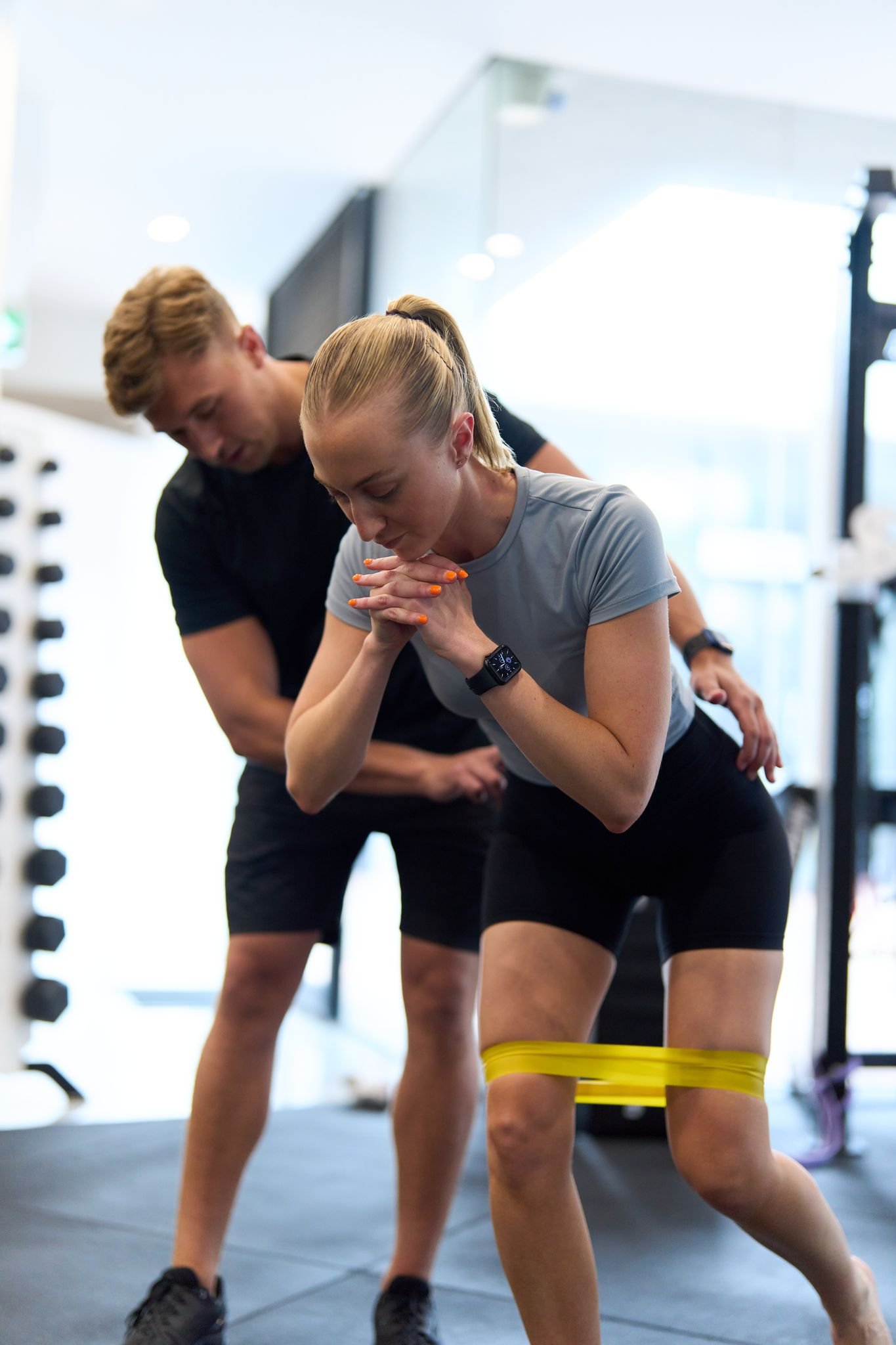Running Injuries: Prevention, Treatment, and Rehabilitation
Running is a popular form of exercise and a great way to stay fit and healthy. However, it also comes with the risk of injuries, ranging from minor discomfort to more serious conditions that can disrupt your running routine. Understanding the common running injuries, their causes, and implementing effective prevention strategies is crucial for runners to stay injury-free and maintain their passion for running. In this article, we will explore common running injuries, provide valuable insights on prevention, and discuss the role of rehabilitating and preventing running injuries, as recommended by our team of Physios and Chiros at The Movement Box in Crows Nest.
Common Running Injuries:
Shin Splints: Characterized by pain along the shinbone, shin splints are often caused by overuse, improper footwear, or running on hard surfaces.
IT Band Syndrome: Iliotibial (IT) band syndrome causes pain on the outside of the knee due to inflammation and tightness of the IT band. This can be caused by running on cambered surfaces, poor biomechanics, or muscle imbalances.
Plantar Fasciitis: Plantar fasciitis results in heel pain due to inflammation of the plantar fascia, a ligament that supports the arch of the foot. It is commonly caused by overpronation, inadequate footwear, or sudden increases in training intensity.
Achilles Tendonitis: Achilles tendonitis is characterized by pain in the back of the heel or calf. It is often caused by overuse, improper footwear, or tight calf muscles.
Runner's Knee (Patellofemoral Pain Syndrome): This condition causes pain around the kneecap and is typically a result of imbalanced muscle strength, poor tracking of the kneecap, or improper biomechanics.
Prevention Strategies:
Gradual Progression: Increase your mileage and intensity gradually to allow your body to adapt and avoid overuse injuries.
Proper Footwear: Choose running shoes that provide adequate support, cushioning, and fit your foot type and running style. Replace worn-out shoes regularly.
Strength and Flexibility Training: Incorporate strength exercises targeting the lower body, core, and stabilizing muscles to improve overall stability and prevent imbalances. Stretching exercises for the lower body muscles can improve flexibility and reduce the risk of injury.
Warm-Up and Cool-Down: Prior to running, warm up with dynamic stretches and light exercises to prepare your muscles for activity. After running, cool down with static stretches to help reduce muscle soreness and promote recovery.
Cross-Training: Incorporate other activities such as swimming, cycling, or strength training to reduce the repetitive stress on your body and strengthen different muscle groups.
Listen to Your Body: Pay attention to any warning signs or discomfort during running. Rest when needed and seek professional advice if symptoms persist.
Role of Physiotherapy in Treatment and Rehabilitation:
Physiotherapy plays a vital role in the treatment and rehabilitation of running injuries. A physiotherapist can assess your condition, identify the underlying causes of your injury, and design a personalized treatment plan. This may include:
Manual Therapy: Techniques such as massage, joint mobilizations, and soft tissue release can help alleviate pain, reduce inflammation, and promote healing.
Exercise Rehabilitation: Targeted exercises will be prescribed to strengthen weak muscles, improve flexibility, correct imbalances, and restore proper biomechanics.
Biomechanical Analysis: A physiotherapist can analyze your running gait and provide recommendations for correcting form, footwear selection, and training modifications to prevent future injuries.
Injury Prevention Education: Physiotherapists can educate you on injury prevention strategies, proper warm-up and cool-down techniques, and provide
Book a consultation today and let us help you get on top of your Lower Back Pains.


